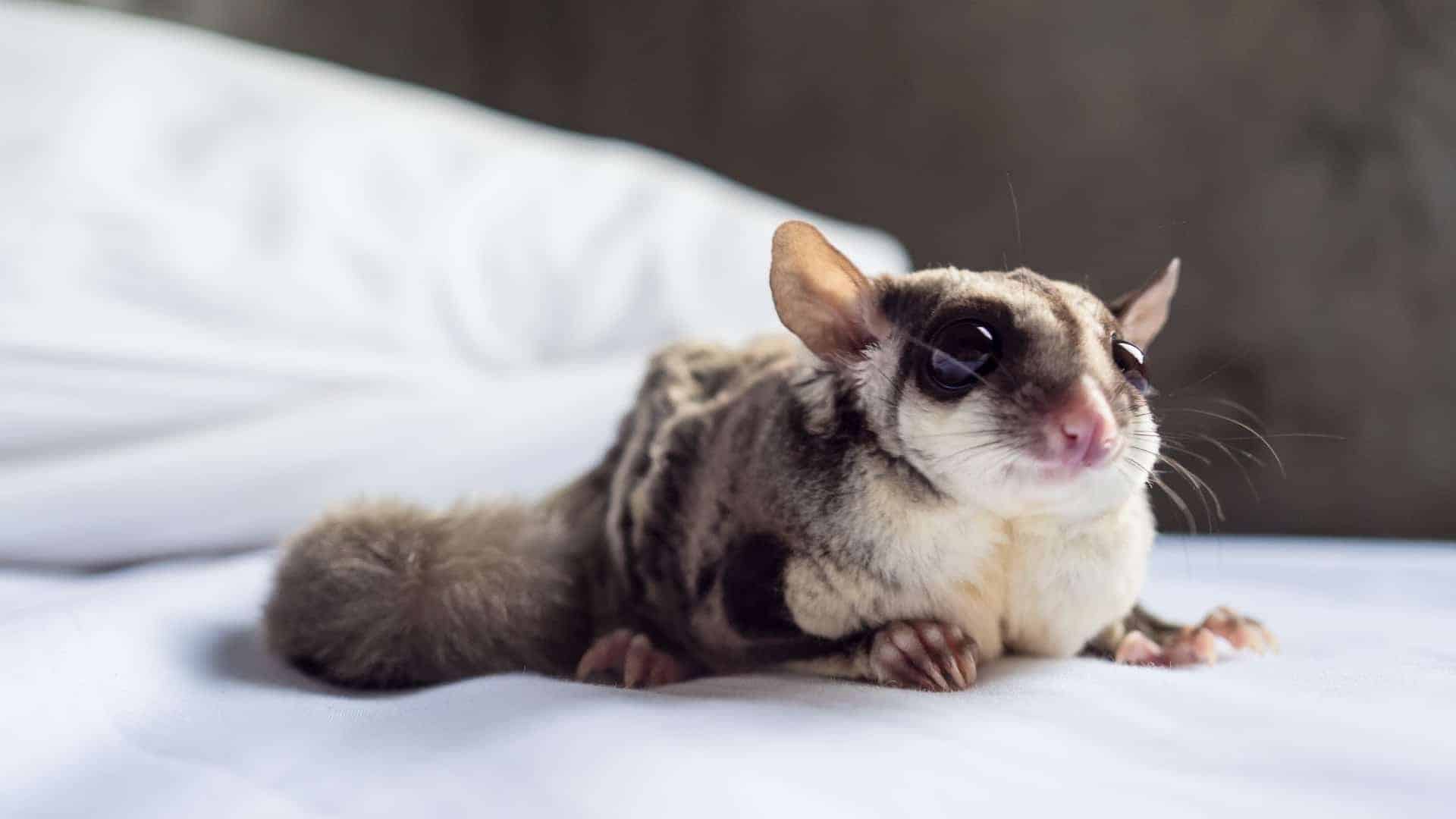

However, the BML Mix is NOT a complete diet, and is designed to be fed with a mixture of healthy fruits, vegetables, and insects.īourbon’s Modified Leadbeaters (BML) Recipie The Bourbon’s Modified Leadbeaters (BML) Mix is one of the most popular and healthy diets available for sugar gliders.

Some diets are healthier than others, and some are lacking in essential nutrients. There are several recipes for homemade sugar glider diets available on the internet. It can be difficult to provide a varied and healthy sugar glider diet. Currently, there are no commercially available, “complete” sugar glider diets, although some products have been developed that can help provide a nutritional base (such as the High Protein Wombaroo diet). They need a significant amount of protein in their diet. Contrary to popular belief, they will not stay healthy on a diet of sweet food items only. Sugar gliders have intricate dietary needs. Tame gliders can be let out of their cage to play in the evenings, but they must be supervised at all times to prevent potentially fatal accidents. Some gliders enjoy running in exercise wheels (must have a solid floor, no open rungs). Sugar gliders like to hide in dark areas, and tunnels made from PCV pipes are often favorite toys. Nest areas and bedding should be cleaned and changed at least once every other day, and the entire cage should be thoroughly cleaned at least once a week. Multiple food dishes and water bottles should be placed in various locations throughout the cage. Alternatively, flannel pouches can be bought/made and serve as a suitable “nest” substitute. The nest box can be filled with shredded paper or a recycled paper product (such as CareFresh). A plastic or wooden bird nest box should be placed high in the cage for the sugar glider to sleep in. Include a few platforms and vertically-oriented branches. Cotton ropes can be used as long as they are not frayed sugar gliders tend to get caught in loose threads, resulting in serious injuries. The cage should be furnished with branches and braided flannel ropes of varying widths and altitudes within the cage. Sugar gliders need to be kept at temperatures between 65-90 degrees F, and their ideal temperature range is 75-80 degrees F. The cage should be at least 36”L x24”W x 36”T, but bigger is always better! Place the cage in a quiet area of the house away from drafts.

Wire spacing should be no more than 1”x ½” wide. Cages should be made of wire construction, as sugar gliders need to be able to scale the walls easily. As they are an arboreal species and love to climb, sugar gliders prefer tall cages. Sugar gliders require spacious cages that allow plenty of room for exercise. If well cared for, sugar gliders can live 10-12 years.Although sugar gliders are legal to own in the State of Washington, they are illegal pets in certain other states.Sugar gliders are usually most vocal at night due to their nocturnal lifestyle. By far their most extraordinary vocalization is “crabbing,” which they make when disturbed in their nest. Sugar gliders are capable of a wide repertoire of calls that vary from bird-like chirps to dog-like barking.Like other marsupials, female sugar gliders carry their young (joey) in a pouch located in the middle of their abdomens.They also have a specialized toe with two nails on their hind feet that is used for grooming purposes. Sugar gliders have opposable fingers and toes.
#Pet sugar glider skin#
These glandular areas of skin are usually hairless, and disappear after sugar gliders are spayed or neutered. Sugar gliders have scent glands located on their forehead, chest, and genital area.Wild sugar gliders hunt insects and small vertebrates and feed on the sweet sap of certain species of eucalyptus, acacia and gum trees.They can glide distances of up to 20 meters! Sugar gliders have a thin membrane that stretches from their wrists to their ankles known as a “patagium” which allows them to glide from branch to branch.Adults weight 4-6 ounces and measure about 12” from their nose to the tip of their tail.They live in colonies of 6-10 animals, sharing a nest and defending their territory together. Sugar gliders are small arboreal nocturnal marsupials from Australia and New Guinea.


 0 kommentar(er)
0 kommentar(er)
